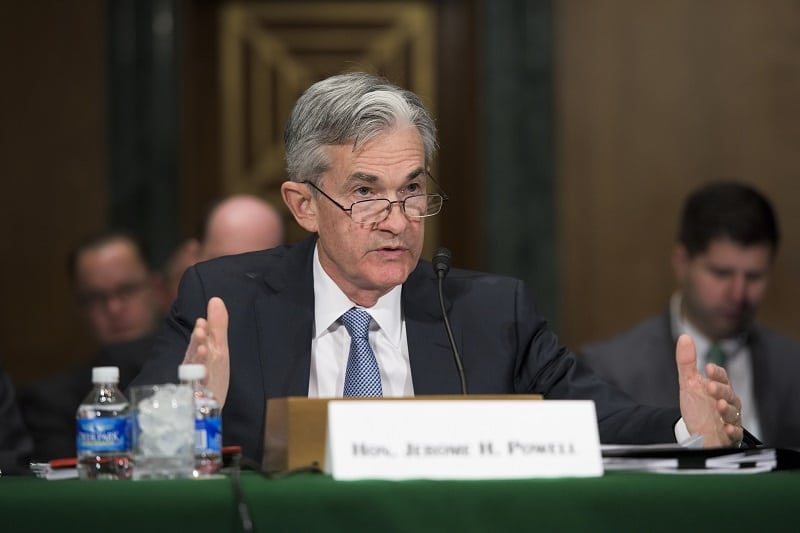It’s all about the US this week with economic growth, monetary policy and jobs data all hitting the screens. Elsewhere, there’s a raft of results from blue-chip companies including HSBC, Glaxosmithkline and BT, as well as oil majors BP and Royal Dutch Shell.
Monday 28 October
– HSBC interim results
Tuesday 29 October
– US consumer confidence
– BP interim results
AJ Bell investment director Russ Mould said analysts will be looking at BP’s debt, not least because a company relying on disposals and debt to fund its dividend weakens its competitive position and its ability to invest over the very long term.
“There is no need to press the alarm button at BP yet but net debt has crept higher to $46.9bn, thanks in part to 2018’s acquisition of shale oil and gas assets from BHP in the USA for $10.5bn. It would be nice to see that figure start to come down and BP has already declared that it has finished its $10bn disposal programme ahead of schedule.”
Wednesday 30 October
– Federal Reserve Open Market Committee meeting
Canaccord Genuity Wealth Management head of model portfolio service Jordan Sriharan said the probability of the Fed cutting interest rates stood at around 90% on Friday, meaning market-based expectations are high for a 0.25% rate cut.
He added: “The big question is whether the Fed will pander to the market or will it stand firm? Having reversed course earlier this year, cutting rates in both July and September, it would be somewhat surprising to see another cut so soon. More importantly the policy guidance from the September meeting suggested that there would be no further rate cuts in 2019 and further evidenced from the ‘dot plot’.”
AJ Bell investment director Russ Mould noted the Fed has also restarted its bond-buying programme despite Fed chair Jerome Powell (pictured) “swearing blind that this is not quantitative easing”.
“Whether it is QE or not, it is not necessarily a great sign that the Fed is having to intervene in markets, until at least Q2 2020, and operate beyond its core dual mandate of inflation and jobs,” added Mould.
– US Q3 GDP
Survey data suggests that the quarterly figure is set to drop from 2% in Q2 to 1.5% in Q3 – the lowest Q3 number since 2015.
Sriharan said it will be important to study the detail. “If consumption data is the driver of weakness in Q3 it is likely to scare investors. Should businesses be curtailing investment because of the uncertainty driven by the trade war tensions, investors may take a more upbeat view.”
– EU consumer confidence
– Germany unemployment rate
– US crude oil inventories
– Glaxosmithkline Q3 results
Thursday 31 October
– US initial jobless claims
– EU preliminary GDP
– Provident Financial and Lloyds Banking Group trading announcements
On Lloyds, Mould said besides the extra PPI costs, analysts will be looking at loan impairment costs.
“Bad loan write-downs rose at all five of the big five FTSE 100 banks and a continuation of this trend – albeit from very low levels – would be a potential concern as it could suggest that borrowers are struggling, even after just very minor interest rate increases. It might also explain why central banks are performing a policy pivot and cutting rates, rather than hiking them. In Q3 2018 loan impairments came to £284m and that had crept up to £304m in Q2 2019.”
– Royal Dutch Shell and BT interim results
– Quarterly results from Apple
Friday 1 November
– UK PMI manufacturing data
– US non-farm payrolls and unemployment rate
According to Sriharan, strong employment data has been the one shining light of the US economy for the past few years and allied to that has been the robust nature of wage growth. However, he added September’s employment report was the first sign that perhaps “winter is actually coming”.
“Last month’s report indicated that wage growth slipped, which might impair consumer spending – so vital to economic growth. While wage growth stumbled, the September data also showed the unemployment rate fell again, this time to 3.5% – a level last seen in 1969 – illustrating how long the cycle has been entrenched in the US.”










